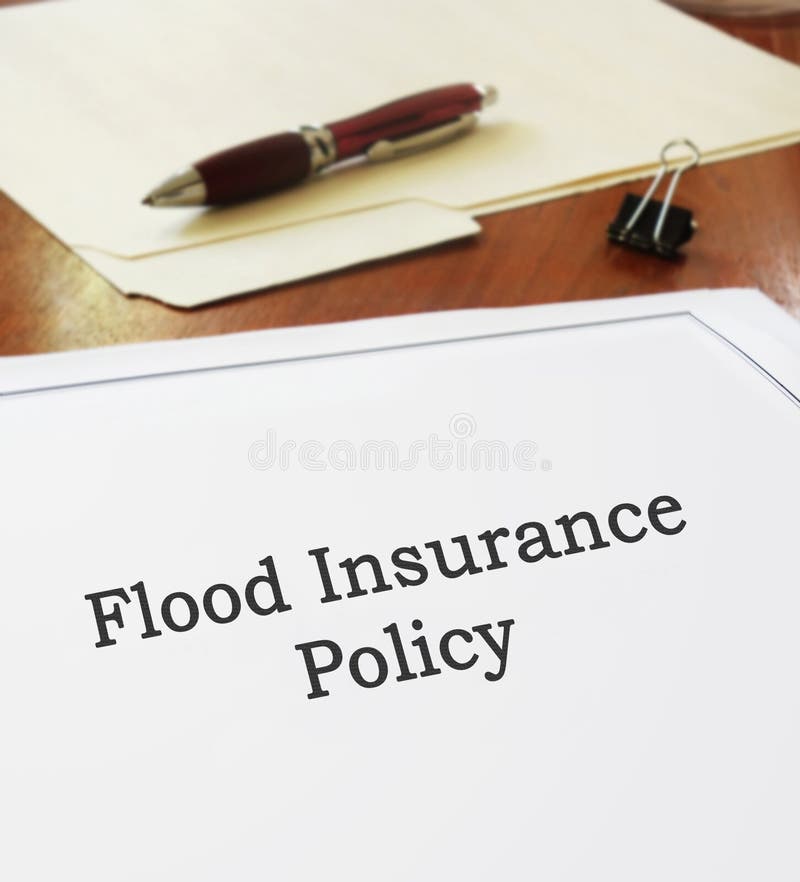

What’s Not Changing Under Risk Rating 2.0 Since the implementation of Risk Rating 2.0, FEMA is now able to equitably distribute premiums across all policyholders based on home value and a property’s flood risk, and set rates that are fairer and more equitable. These include flood frequency, multiple flood types-river overflow, storm surge, coastal erosion and heavy rainfall-and distance to a water source along with property characteristics such as elevation and the cost to rebuild. With Risk Rating 2.0 fully implemented, FEMA is using its capabilities and tools to address rating disparities by incorporating more flood risk variables. Risk Rating 2.0 was not just a minor improvement, but a transformational leap forward for the NFIP.


Policyholders with lower-valued homes may have been paying more than their share of the risk while policyholders with higher-valued homes may have been paying less than their share of the risk. In addition, the 1970s legacy rating methodology did not account for the cost of rebuilding a home. FEMA is building on years of investment in flood hazard information by incorporating private sector data sets, catastrophe models, and evolving actuarial science. The 1970s legacy rating methodology did not incorporate as many flooding variables as Risk Rating 2.0. Since the 1970s, rates have been predominantly based on relatively static measurements, emphasizing a property’s elevation within a zone on a Flood Insurance Rate Map (FIRM). Purchasing flood insurance is the first line of defense against flood damage and a step toward a quicker recovery following a flood. FEMA is committed to building a culture of preparedness across the nation.


 0 kommentar(er)
0 kommentar(er)
